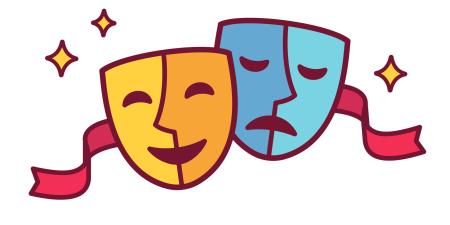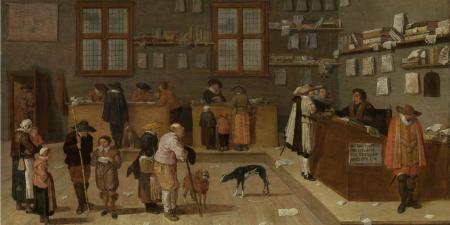Every August, at medical schools across the country, fresh, enthusiastic "lay people" pack into orientation meetings eager to start learning how to think and act like doctors. First-year medical students arrive with a basic understanding of the attitudes and behaviors valued by the profession. They recognize the importance of knowledge, honesty, confidentiality, and respect for the patient. What is not as well understood at this earliest level of training is how these lofty ideals apply to the day-to-day life of a medical student.
We are 3 fourth-year medical students at New York University School of Medicine, who, with the help of a faculty mentor, Adina Kalet, MD, MPH, have created and instituted professional development programming for our peers. Our program, generated and executed by medical students, has challenged the age-old notion that students should learn professional values as passive observers of physician role models. In this first student-edited issue of Virtual Mentor we explore the teaching and assessment of medical students' professionalism. In keeping with the spirit of this issue, our case commentaries all lead off with student opinions. We assert that professional development training can and should be included in the medical school curriculum. The challenge is how, by whom, and to what end?
Jaclyn Halpern's selective review of the literature on teaching professionalism highlights some of the approaches employed to teach professional values to and assess the behaviors of medical students. Elements of the different methodologies discussed in this review are explored in the 2 Op-Ed articles. We asked 2 highly respected medical educators to reflect on the question, "Can you teach professionalism to medical students?" Interestingly, both support the central importance of role modeling in teaching students how to act as physicians, and both recognize that, at present, role modeling alone too often fails to produce altruistic, dedicated, interested doctors. However, these 2 opinion pieces diverge over how to strengthen the role-modeling teaching method. Jerome Lowenstein, MD, suggests that physicians must change what is modeled, while David Stern, MD, PhD, recommends that physicians refine their role-modeling methods.
Although professionalism is a prominent topic in deans' offices and at faculty luncheons, its importance in the minds of medical students is less apparent. In this issue, we highlight the voices of medical students who participated in developing the NYU program. We begin with student and faculty discussions of 4 case studies intended to depict situations that medical students may actually face in the classroom and on the wards. These cases highlight how the behaviors and decisions students make each day define their professional identities. This fundamental principle, that everyday decisions and actions influence professional growth, is the foundation for the curriculum we created at NYU. We offer student-facilitated workshops in the first and second years that promote discussion and reflection on how professional development is a lifelong process. We offer students a chance to think broadly about challenging situations and to hear each other's reactions, thoughts, and questions. A feedback skills workshop empowers students to effectively speak up and converse with peers and superiors on professionalism-related topics. We encourage VM readers interested in this to contact us by e-mail for more information about our workshops in professionalism.
Hillary Johnson, PhD and medical student, challenges the value of the USMLE Step II Clinical Skills Exam, a newly required licensing exam for the class of 2005. She critiques the exam's ability to ensure professional competence of medical school graduates and defends the role of individual medical schools to accomplish this end. This controversial clinical skills exam aims to evaluate medical students in scenarios with standardized patients (SPs). In a related essay, Ari Laura Kreith, an experienced SP, offers her unique perspective on teaching professionalism to medical students. She highlights the importance of providing a safe environment for students to reflect on their patient interactions and to mature in their understanding of the patient-doctor relationship.
Anne Bertkau's story exemplifies the self-awareness and openness to growth essential to becoming a reflective, responsive, effective physician. This level of introspection is an acquired skill for most people. Developing an awareness of our actions, our decisions, and the position we hold as physicians is what professionalism is all about. As proponents of formal professional development curriculum, we hope to introduce skills and structure to support students' reflection, discussion, and growth from the very beginning of their training. Ideally, with this background, students will walk away enriched and empowered from the inevitable challenges to their integrity, compassion, and confidence—challenges that they face each day of their professional lives.
The learning objectives for this issue are:
1. Understand the professional responsibilities of medical students.
2. Identify challenges to professional development in medical school.
3. Understand the national trend toward professionalism, and identify current methods used to assess professionalism in medical school.
4. Learn how to identify an impaired peer and how to intervene.
5. Understand how peer review protection laws impact self-regulation in the medical profession.



